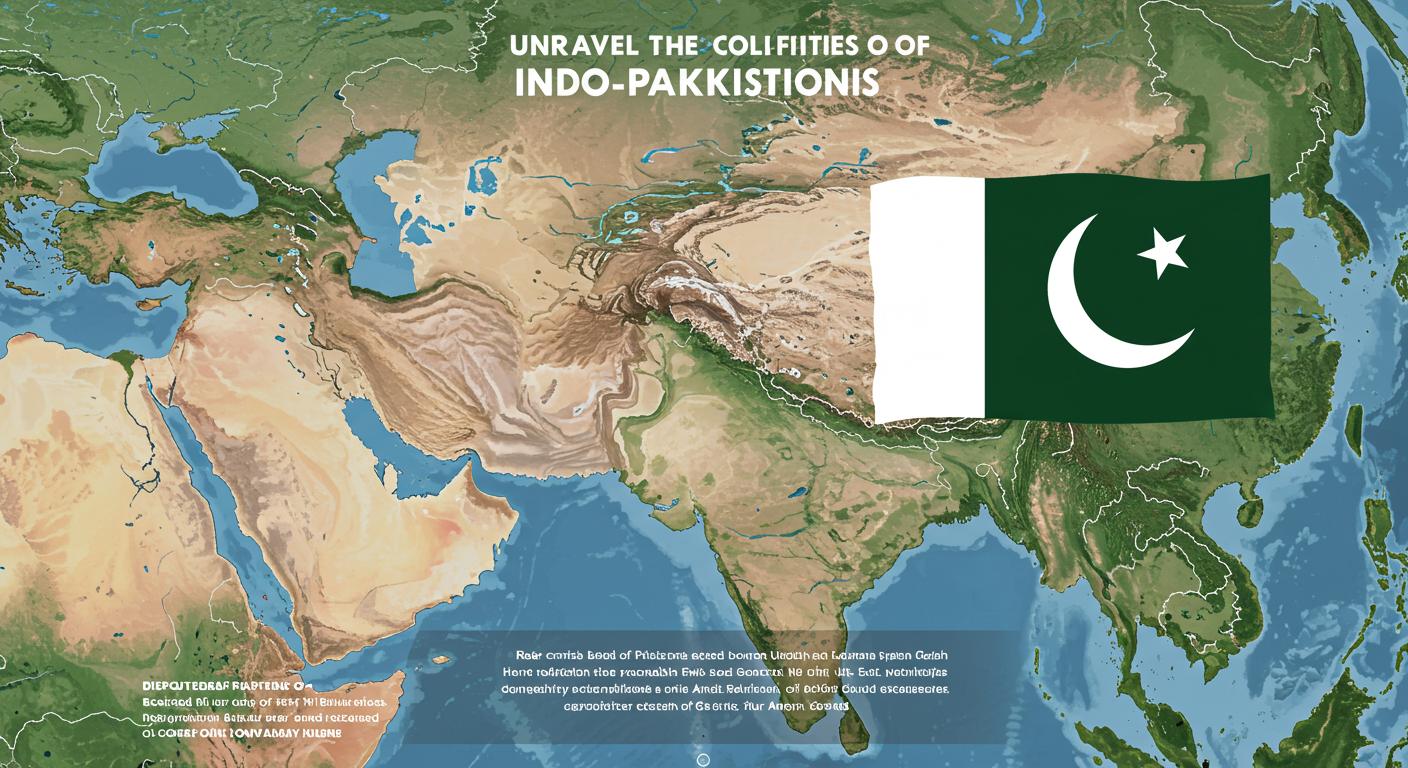Afghanistan to Pakistan Cricket: A Rivalry Forged in History and Passion

Afghanistan to Pakistan Cricket: A Rivalry Forged in History and Passion
The cricketing landscape of South Asia is vibrant and competitive, and few rivalries are as captivating as the one between Afghanistan and Pakistan. This article delves deep into the history, the key players, and the fervent fan bases that make this match-up a compelling experience for viewers worldwide.
This isn’t just a sporting contest; it’s a cultural exchange, a display of skill, and a testament to the enduring power of sport to unite and divide.
A History Steeped in Cultural Exchange and Political Undercurrents
Understanding the Afghanistan-Pakistan cricket rivalry demands a look at the shared history of the two nations. Deep cultural ties, intertwined with political sensitivities, have shaped the dynamics of this contest. From shared sporting traditions to the underlying geopolitical tensions that often simmer just beneath the surface, the matches between these two nations are often more than just a game.
The nascent cricket history of Afghanistan is marked by its challenging and often tumultuous past. The emergence of the Afghan national cricket team has been an inspiring story, one of overcoming obstacles and finding pride on the world stage. The path has not been easy, and the ongoing geopolitical relations between Afghanistan and Pakistan have an undeniably significant impact on the matches.
Key Players and Match-Defining Moments
The cricketing success of both nations depends heavily on the performance of its key players. Across different eras, remarkable individuals have emerged from both teams, leaving an indelible mark on the rivalry. From the explosive batting performances to the masterful bowling displays, the battles on the field often bring out the very best in these athletes.
Highlighting a few match-defining moments, we can see how critical partnerships, strategic decisions, and outstanding individual performances often shape the outcomes of these contests. Moments of great controversy have also arisen, adding to the dramatic narrative and further highlighting the intense emotions that often accompany these matches.
Have Afghanistan’s rising stars managed to compete with the seasoned Pakistani veterans? What strategic shifts have seen both teams evolve throughout their cricketing journey?
The Fervent Fan Bases: A Symphony of Passion
Cricket, in this part of the world, is more than a sport; it’s a cultural phenomenon. The passionate fan bases from both Afghanistan and Pakistan pour their hearts and souls into their teams, creating an electrifying atmosphere at the stadiums and online. The noise, the cheers, the celebrations, all reflect the deep-seated connection between the people and their beloved sport.
Imagine the scenes at a packed stadium, the shared excitement, and the palpable tension. These scenes illustrate the way cricket brings people together in a shared passion.
Fan cultures often extend beyond the stadiums, with supporters deeply engaged in social media campaigns, creating online communities, and fostering a sense of collective identity.
Beyond the Cricket Field: Political and Social Implications
The Afghanistan-Pakistan cricket rivalry isn’t simply about scoring runs and taking wickets. It’s a mirror reflecting the complexities of the political and social landscape of the region. The successes and failures on the field can become a potent symbol of national pride, unity, and identity for the respective countries.
How does the performance of the players impact the perception of the team and the nation? Does this have any impact on the political and social dynamics of the region?
The Evolution of the Game and Future Prospects
Over the years, the way cricket is played and viewed has evolved in Afghanistan and Pakistan. Technological advancements, changing playing styles, and the introduction of new formats have shaped how fans experience and enjoy the matches.
Looking forward, what are the potential avenues for both teams to enhance their performance? How will the evolving global cricketing landscape and the rise of international tournaments affect the rivalry between these two teams?
The competition on the field brings about great excitement and intense rivalries.
Analyzing Playing Styles and Team Strategies
Delving into the specific playing styles of Afghanistan and Pakistan provides a deeper understanding of the complexities of the rivalry. Understanding each team’s strengths, weaknesses, and strategies helps to appreciate the ebb and flow of the matches and the crucial decision-making moments of their captains.
An in-depth comparison of the playing styles and strategies of these two teams reveals fascinating insights and underscores the importance of tactical awareness and adaptability in cricket.
What strengths and weaknesses distinguish each side? How are the respective teams adapting to new challenges and emerging trends?
The Impact of International Tournaments
Participation in international tournaments such as the World Cup has significant implications for both teams. How does the pressure of international competition affect team performance and player morale?
Success in these tournaments can raise a country’s profile and boost national pride. Analyze the strategies adopted by each side in these important matches and discuss the outcomes and impact.
A Look at the Future of the Rivalry
As both Afghanistan and Pakistan continue their cricketing journeys, the Afghanistan-Pakistan rivalry is sure to remain a vibrant part of the South Asian sporting landscape. What new challenges and opportunities might lie ahead for both nations as they navigate the future of cricket?
The future of this intense rivalry is certainly one that cricket fans will be eager to witness and learn about.
What factors might influence the trajectory of this compelling rivalry? What are the future possibilities for both teams?
This article is intended to provide information and insight. It is not meant to endorse any particular viewpoint or political stance.